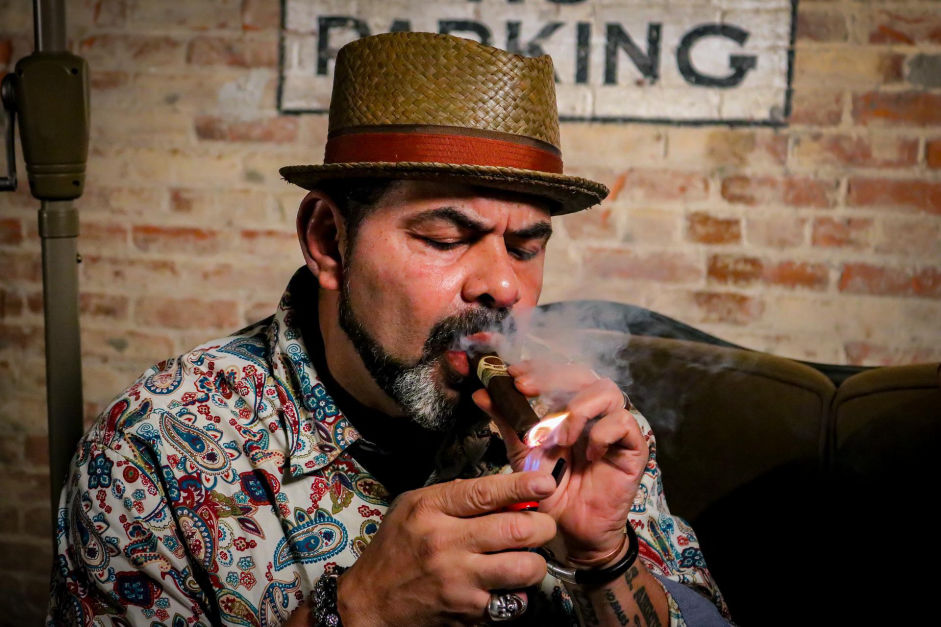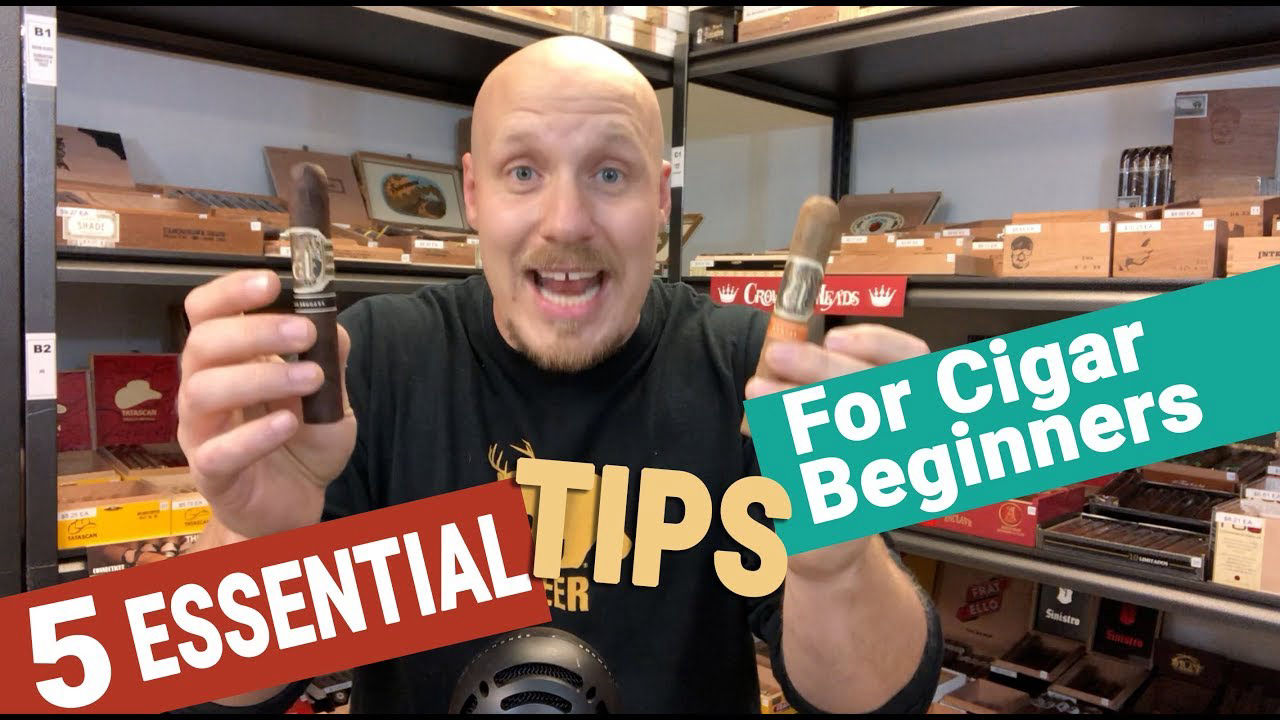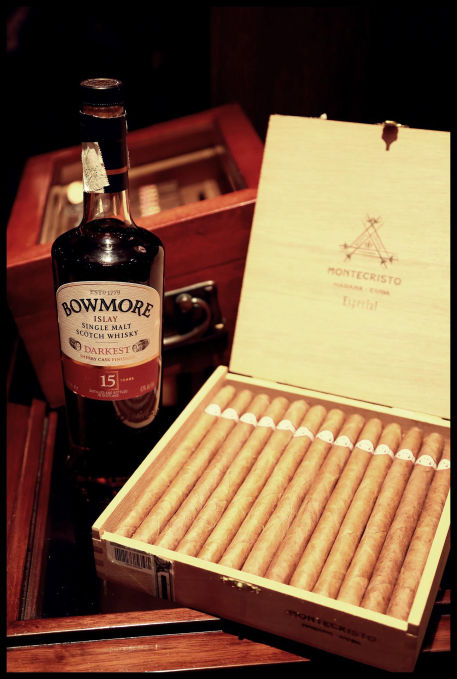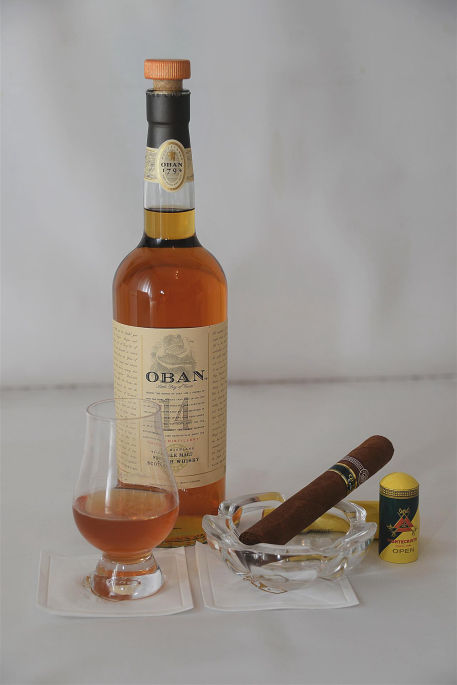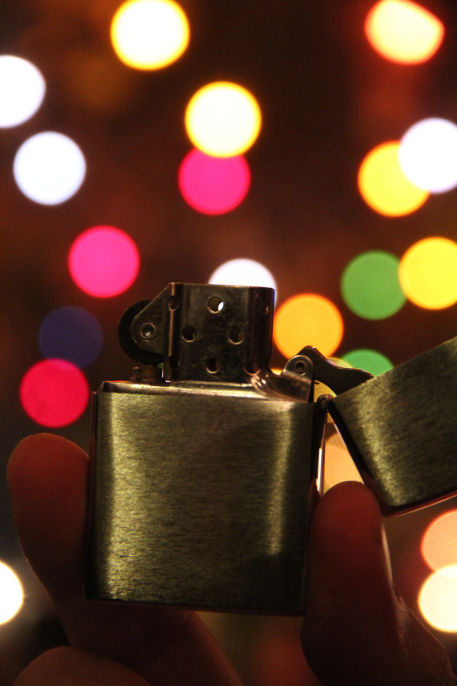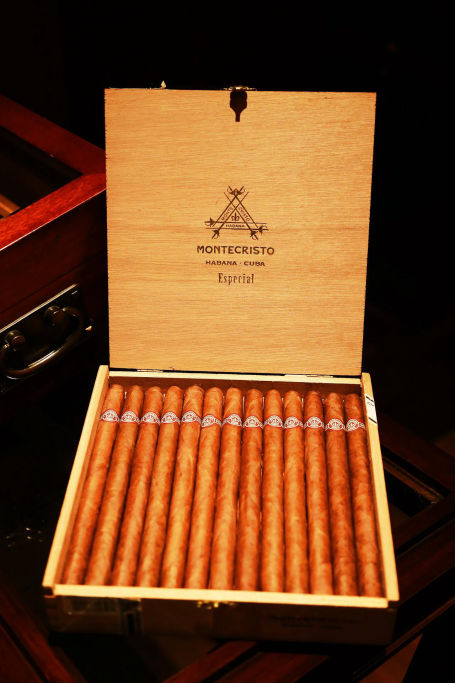Capecoral Smoke Shop
At Cape Smoke Shop the entire staff is committed to supplying their customers with the Freshest Tobacco Products Possible. They stock over 130 different Cigars, Major and Discounted Brands of Cigarettes, RYO Tobacco and Accessories, to a Wide Selection of Humidors, Pipes, Lighters and Novitiates. Along with all the electronic products, right from France.

